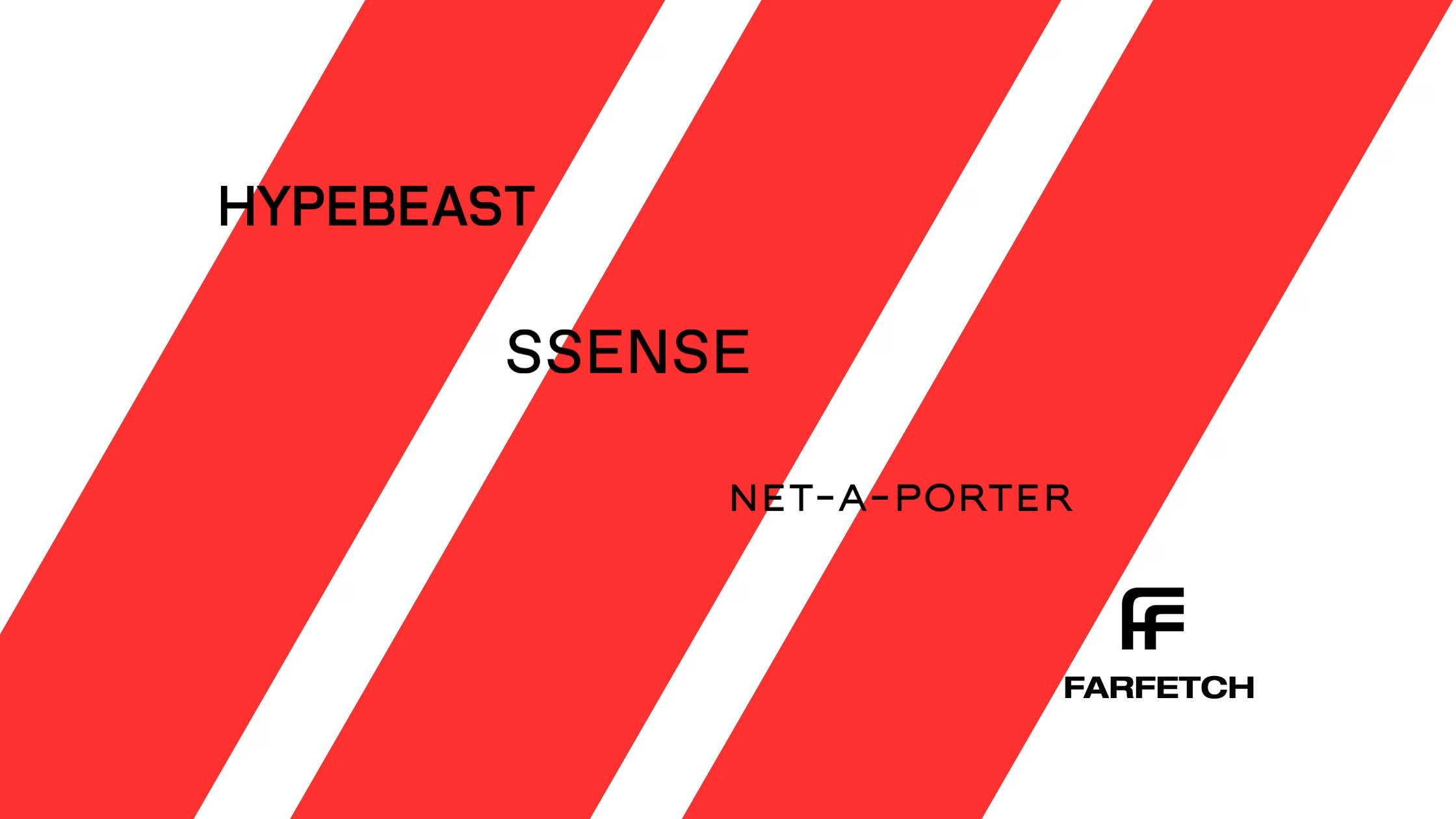The past year has been a sobering one for digital luxury. I’ve always been a great fan of platforms like Ssense to discover new collections and a wide variety of brands. However recent news shows a potential shift in online luxury. Ssense, a highly respected luxury fashion platform, filed for creditor protection in Canada. They are aiming to restructure its debt while keeping operations open. Another recent example is Farfetch, a pioneer of the online luxury marketplace. Farfetch is also realigning its model amid shifting consumer behaviours. And in 2024 we saw the online fashion retailer Matchesfashion’s light blown out as they ceased to operate.
“Its absence has left a void in the online ecosystem that remains unfilled,” says Sellier’s Toni.
These developments have prompted a larger reflection: what role will multi-brand online luxury retailers play in the evolving market? While the pressures are real, this moment also presents a unique opportunity for innovation.
Shifts in consumer behaviour
The luxury market has experienced a softening since 2024, particularly in the United States and China, due to inflation and economic uncertainty. For platforms, this slowdown intersects with rising digital marketing costs and intensifying competition from direct-to-consumer strategies. Brands like Gucci, Prada, and Louis Vuitton are increasingly offering exclusive collections and personalised experiences through their own channels. Consumers meanwhile are gravitating toward these direct interactions, valuing authenticity and trust in a landscape crowded with imitation websites.
Equally important is novelty. Consumers today are drawn to exclusivity and immediacy. Whether that takes the form of limited capsules, experimental collaborations, or micro-drops that inject excitement into the shopping cycle. Thus multi-brand platforms have the unique ability to develop these kinds of crossovers, in ways individual brands often cannot.
This shift signals that traditional online marketplaces can no longer rely on convenience alone. It is nowadays extremely easy to buy luxury online. Smartphones have eliminated any friction with easy to use apps and simplified checkouts through Apple Pay. I think the need in luxury is not just transactional; it is experiential. That is why we see buyers today seeking connections, narratives, and moments that go beyond clicking “add to cart.”
Turning challenges into opportunities
For multi-brand platforms the solution lies in differentiation. By emphasising curation, culture, and connection these retailers can create experiences that are distinctive from brand-owned websites. Platforms have the potential to evolve into cultural hubs. I see great potential in blending editorial content, artistic collaborations, and exclusive capsule drops into a seamless shopping ecosystem. Ssense’s editorial storytelling already hints at this approach.Therefore, deeper engagement through artist collaborations or immersive digital events is needed to transform platforms from online stores into cultural destinations.
Emerging designers offer another avenue for differentiation. While established fashion houses are focused on their direct channels, platforms can focus on new talent from around the world. Large fashion houses don’t necessarily need third-party retailers to sell handbags, but emerging designers certainly do. By curating and championing fresh talent from across the globe, platforms can offer something that cannot be replicated by brand-owned channels. This creates opportunities for consumers to discover what they cannot find elsewhere. By curating fresh talents and emerging designers, marketplaces can position themselves as launchpads connecting culture and commerce.
Use Case: Hypebeast as a cultural/commerce hybrid
What I think is a strong example of how a platform can evolve beyond pure retail is Hypebeast. Originally it was built as a trusted source for news, cultural commentary, and trend forecasting. It now has successfully bridged its editorial authority with commerce with their HBX store. By converting its loyal readership into shoppers, Hypebeast demonstrates the power of community-driven retail.
What sets Hypebeast apart is its ability to merge content with commerce seamlessly. As of now it’s one of the most influential digital voices in streetwear and luxury, drawing in hundreds of thousands of monthly readers . This makes the transition from reading about a new drop to purchase a beautiful marriage. For readers, the Hypebeast store feels like a natural extension of the brand’s cultural authority. For retailers, it’s an ideal model of cross-selling. They leverage influence and insights to drive sales without sacrificing authenticity.
Building lasting connections
Ultimately, the future of luxury e-commerce will depend on relationships rather than transactions. I believe high-value consumers respond to relatability, they expect exclusivity and tailored experiences. Big opportunities for platforms is to provide unique collections, emerging designers, and curated content. The goal is to create meaningful engagement, turning occasional shoppers into long-term advocates.
The most resilient platforms will be those that embrace transforming themselves from intermediaries into connectors. Linking brands, consumers, and cultural narratives in ways that feel purposeful and inspired. In a world where experience increasingly matters more than convenience, platforms have a great opportunity to find their unique selling point. This is to secure survival as well as new avenues for growth!
Update 23 September 2025
Surprising news just came in. Highsnobiety will shutter its loss-making e-commerce division by year’s end and lay off staff, according to The Business of Fashion. The company’s reasoning is to refocus on its core strengths: publishing, creative consultancy, and brand partnerships. The Berlin-based media company launched its online shop in 2019 as a way to blend content with commerce but struggled to make the model profitable. According to the article executives said the shift will allow them to concentrate resources on building stronger collaborations with fashion and lifestyle brands. What these collaborations will look like remains uncertain, but they will be very interesting to monitor. The move reflects broader challenges faced by digital media companies experimenting with luxury retail. But I’m sure Highsnobiety will come out stronger from this with this refocus!

